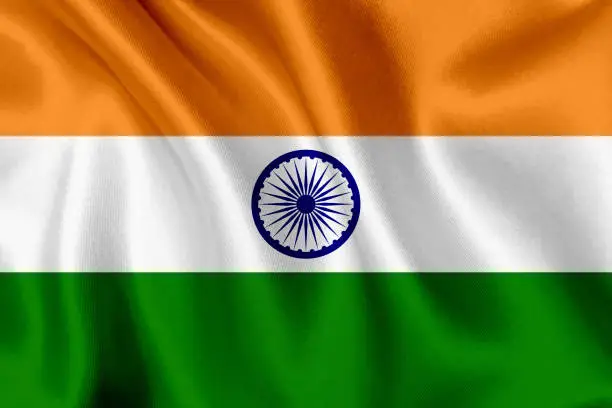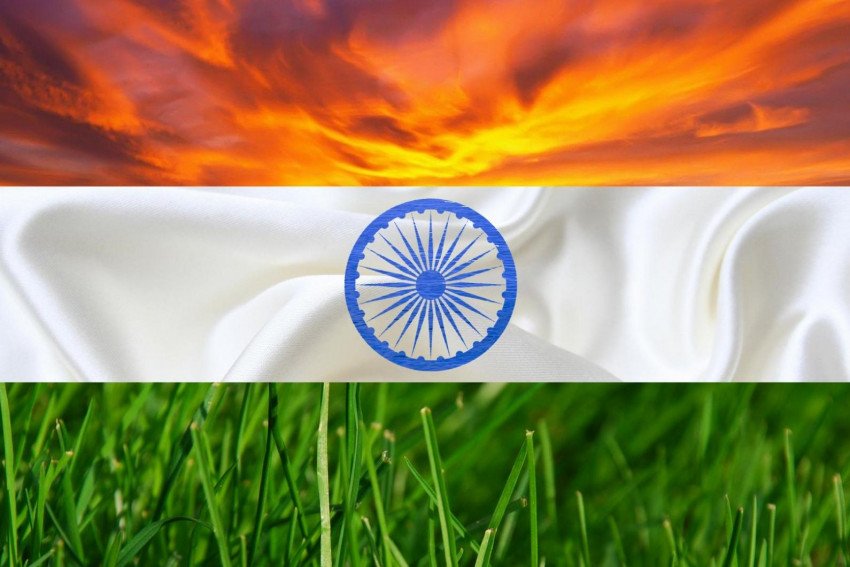Tiranga Game – Play, Compete & Win Big
The Tiranga Game is not just another online app — it’s a vibrant gaming arena designed for sports lovers and strategic thinkers. Bringing together 8+ action-packed categories, it lets you test your knowledge and instincts across Cricket, Football, Tennis, Basketball, and more. Instead of simply following your favorite sports, the Tiranga Game Login allows you to convert your passion into prizes, with lakhs worth of rewards waiting to be claimed by skilled players.

Tiranga-RG: A Symbol of Unity, Pride & Patriotism
The Tiranga, India’s national flag, is far more than just a tricolor banner — it is a living emblem of the nation’s identity, unity, and resilience. Each stripe carries a profound meaning that reflects India’s vibrant culture, rich traditions, and unyielding spirit of freedom. Born out of the sacrifices of countless freedom fighters, the Tiranga stands as a timeless reminder of the struggles endured and the victories achieved in the pursuit of independence.
Today, the Tiranga continues to ignite a sense of pride and patriotism among Indians worldwide, symbolizing not only the nation’s past and present, but also its aspirations for a brighter, united future.
Origin and History of the Tiranga-rg
The story of the Indian national flag, the Tiranga, is deeply intertwined with the country’s struggle for freedom. While the tricolor in its present form was officially adopted on July 22, 1947, by the Constituent Assembly, the idea of a national flag had been evolving for decades before independence.
The earliest versions of the flag emerged in the early 20th century, symbolizing the aspirations of a nation that longed for unity and self-rule. Through various designs and iterations, each attempt reflected the collective spirit and determination of Indians to break free from colonial rule. Finally, just weeks before August 15, 1947, the tricolor — saffron, white, and green with the Ashoka Chakra — was chosen as the enduring emblem of a sovereign India.




